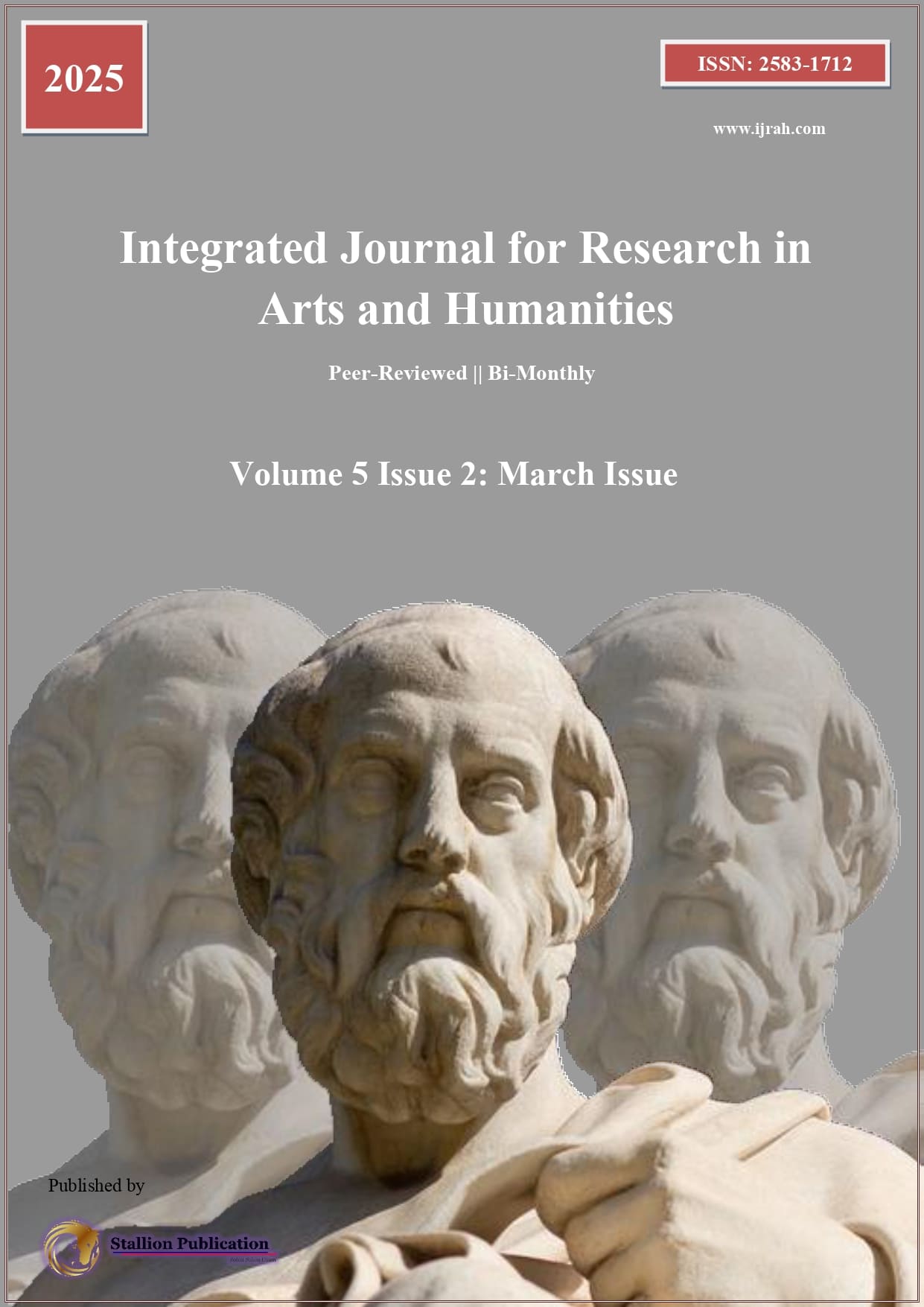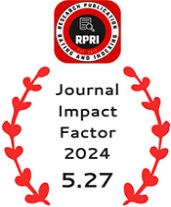A Research on Satire and Satiric in the Field of Persian Dari Literature
DOI:
https://doi.org/10.55544/ijrah.5.2.6Keywords:
Satire, Persian Dari Literature, Humor, Reforms, CriticismAbstract
In the world of literature, satire is a special type of literary work either poetic or prose that challenges human errors, social and political corruption, undesirable human behavior and even philosophical ideas in a funny way. In satire definition it has come: a literary work through wit, inversion, anger, and contradiction, critiques the weaknesses and social education of human societies. It is an art that humans acquire it by their attempts to change the world and always appearing as an action and reaction, and thus manifested in their view of the environment and reality (specifically). True satire, initiating from real-life events and based on life’s realities, offers a satirical image of the negative aspects of life, exaggerating these social corruptions, and bitter truths about individual and social issues, making them to show uglier and more unfair than they truly are. Though its foundation is based on humor, its goal is to make people aware of the depth of human vices. The main goal of this research is to examine the development of satire and its application in Persian Dari literature to address social corruption and undesirable behaviors within society. In this way, it reveals the deep contrast between the current situation and the concept of a better, perfect life. Mostly, today, anything funny or ridiculous is often named as satire. It is sometimes understood as merely the way to make the audience laugh through the quickest resources or by any types of possible funs that is really different from the meaning of true satire.
Downloads
References
Ahmadzai, M. Y. (2022). IMPACT OF AGRICUTURE SECTOR ON ECONOMIC GROWTH: A CASE OF AFGHANISTAN. Contemporary Issues on, 1.
Ahmadzai, M. Y., & Kaur, G. (2022). A comparative study on growth of agriculture sector: A case of Afghanistan. Brazilian Journal of Poultry Science, 24(2), 1-8.
Alkozi, N. (1398). Negahi ba Tarikh-e Adabiyat-e Moaser-e Dari. Kabul: Sayeed Publications.
Aryanpour, Y. (1393). Az Saba ta Nima (History of 150 Years of Persian Literature). Tehran: Zawar
Bakhtari, M. (1377). Angabin Nishkhand wa Sharang Nushkhand: Jostari dar Bab-e Tanz Pardazi dar
Dad, S. (1378). Farhang-e Estelahat-e Adabi. Tehran: Mervarid Publications.
Eslaahi, M.R. (1387). Farhang-e Vazhagan va Estelahat-e Tanaz. 2nd Edition. Tehran: Karwan Faslnama-ye Pazhuhesh wa Sanjesh, No. 13-14.
Izati Parver, A. (1377). Barrasi wa Tahavol-e Tanz dar Maton-e Adabi wa Jaygah-e Tanz Pardazan,
Javadi, H. (1384). Tarikh-e Tanz dar Adabiyat-e Farsi. Tehran: Karwan Publications.
a. Kabul: Bihaqi Publications.
Muhammadi, S., Dariz, K., & Ahmadzai, M. Y. (2023). Impacts of Labour Force of Afghan Women Based on Education in Economics Growth: In Case of Afghanistan. Integrated Journal for Research in Arts and Humanities, 3(6), 18-28.
Noorani, J. (1396). Az Panjere-ye Tanz, Shenaasayi wa Tarikh ba Ayneh Mi Nigarim, First Edition.
Omari, M. H., & Ahmadzai, M. Y.(2021). An Economic Analysis of Information and Communication Technology Effects on International Trade.
a. Pahna-ye Adabiyat-e Zaban-e Farsi Dari dar Afghanistan, First Edition. Kabul: Sayeed
b. Publications.
c. Publications.
d. Publications.
Sadr, R. (1381). Bist Sal ba Tanz, First Edition. Tehran: Hermes Publications.
Yousaf, A. M., Nazifa, M., & Dost, I. (2025). Challenges and Issues in Public Policy-Making for Developing Countries. Integrated Journal for Research in Arts and Humanities, 5(1), 187–192.
Zolqadari, M. M. S. (1376). Vazhah Nama-ye Honar-e Shairi. Tehran: Mahnaz Publications.
Downloads
Published
How to Cite
Issue
Section
License
Copyright (c) 2025 Nafisa Alkozai, Ahmadzai Mohammad Yousaf, Dina Mohseni

This work is licensed under a Creative Commons Attribution-NonCommercial-NoDerivatives 4.0 International License.




















